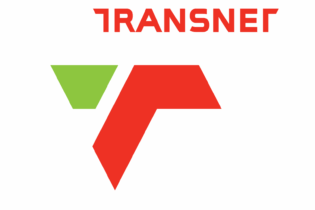Reports have surfaced regarding the low usage of the Gautrain. It is understood that The Gautrain requires 110000 passengers a day to break even, but is currently transporting only between 38000 and 40000.
Government provided a guarantee that it would pay the shortfall if the Gautrain’s passenger requirements were not met. An estimated R300m of taxpayers’ money is being used to pay Gautrain operators. Gautrain Management Agency (GMA) CEO Jack van der Merwe noted that the use of the train indeed required a lifestyle change. He felt that when more and more people became aware of the convenience and time-saving quality of the train then the number of commuters would surely increase. That statement was made in October 2011. Almost a year later, the numbers are still relatively the same. This drives one to question the applicability of the Gautrain. It has been acknowledged that the success of the train is somewhat dependent on the lifestyle of the commuter and how the commuter perceives the train to be of benefit or convenience to them. In a statement the Gautrain Managemement Agency noted challenges facing the Gautrain, which can be divided into two groups, namely construction challenges and operational challenges. The former comprise all the advanced engineering processes, such as the tunnelling and the construction of viaducts. The latter comprise the availability and punctuality of the trains. These arise occasionally due to issues involving cable thefts and reconstructions, therefore, making it safe to assume that the majority of commuters have not as yet identified the train as being the more convenient mode of transport. This is despite the fact that South Africans are riddled with reports of taxis behaving like the gods of the road kingdom. The taxi strikes have time and time again disappointed commuters as alternative travel arrangements have had to be made. However, once the dust has settled, civilian South Africa waits patiently at the numerous taxi ranks to hopefully ensure their safe arrival at their destinations. One would assume that the Gautrain would come as an answered prayer to taxi strikes and traffic, however two years later this appears to not be the case. In a province comprising mainly young people, as forward thinkers and innovators of new trends, it becomes disappointing to know that the Gautrain is not positioned as the cooler means of transportation, simply because there is no “4×4, mas’hlalisane (‘let’s get together’)” situation.Should this not then implore the GMA to revisit their marketing strategy? Perhaps it is a cost issue. Tickets for a single trip between Rosebank and Pretoria cost R46, which is R18 more than the price of a minibus taxi but cheaper than the cost of driving.
Would the commuter figures steadily rise if these costs were to be dropped a little? Or would it then change the identified target market of the Gautrain? If young people, who are supposed to champion new trends, lifestyles and ideologies, are not at the forefront of “Gautrain commuterville”, how sustainable is the use of the train for future generations? The Gautrain is meant to be the fastest train in Africa. It is meant to position the country and the continent on a technologically and globally competitive platform. It dispels the notion that Africa does not have innovators. It would thus be sad if the Gautrain is soon known as the fastest, yet emptiest train in Africa.Source: http://www.thenewage.co.za








